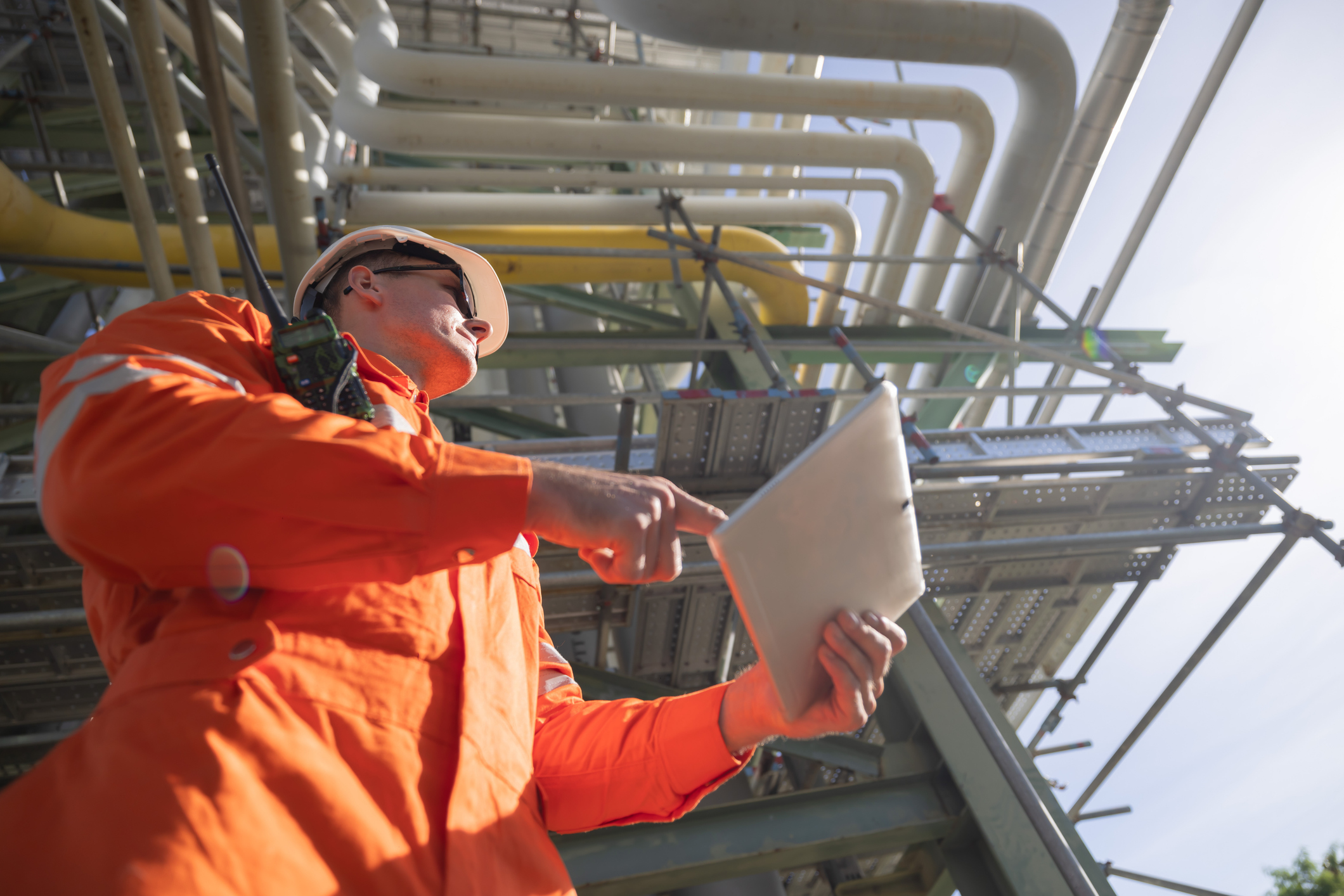Maritime transportation is the backbone of global trade, allowing goods to be moved efficiently around the world. With its crucial role in the global economy, it facilitates the connection between markets and economic growth.
Recently, environmental considerations related to maritime transportation have encouraged the search for more sustainable practices in the sector. The development of vessels designed to reduce environmental impacts has emerged as a response to these challenges, promoting technologies that use renewable energy sources. With this, the sector is moving towards a model that balances economic development and environmental preservation.
Emerging sustainable technologies
Renewable energy sources
The use of renewable energies is transforming boat propulsion. Solar, wind and biomass energy are becoming commonplace in the sector. Solar panels capture solar energy to power onboard systems, while wind turbines harness the power of the wind.
Ecological materials
The development of ecological materials is essential for the construction of sustainable ships. Materials such as natural fibers and recyclable composites are replacing conventional ones. These materials not only reduce the environmental impact during construction, but also increase durability and reduce the weight of ships, improving fuel efficiency.
Innovations in propulsion and energy efficiency
Energy efficiency is a priority in the design of modern vessels. Innovations such as the Digital Twin, which is a virtual representation of a physical target, allow detailed simulations and real-time optimization of propulsion systems. Improvements in hulls and energy management help to reduce fuel consumption. In addition, the development of all-electric ships, using high-capacity batteries or fuel cells, brings more technological operations in favor of sustainability in the maritime environment.
Economic benefits of sustainable vessels
Sustainable vessels are a promising response to the economic and environmental challenges faced by the maritime industry. One of the main benefits is the long-term reduction in operating costs. The adoption of renewable energy sources, such as solar and wind, enables significant savings.
Another important point is increased fuel efficiency. Modern vessels are designed with more efficient hulls and advanced propulsion systems. These technical improvements reduce resistance to movement and increase energy consumption efficiency.
In addition to the direct benefits, sustainable ships attract investment and strategic partnerships. International policies and regulations encourage the adoption of clean technologies by offering tax and financial incentives. This makes investing in sustainable vessels an environmentally responsible and economically advantageous choice.
Positive environmental impacts
The development of sustainable vessels has a series of positive environmental impacts that contribute to the health of the oceans and the planet.
Technological innovations, such as the use of solar, wind and biomass energy, contribute to more efficient and sustainable maritime transportation. They also help to reduce gas emissions and ocean pollution.
Another technology that corroborates maritime environmental efficiency is video analytics, which detects environmental risks such as oil spills and other chemical waste, allowing for more agile and assertive actions. In short, sustainable vessels help maintain the health of marine ecosystems.
These advances are fundamental to a maritime industry that is more committed to sustainability. As more vessels adopt these technologies, the positive impact on the environment becomes increasingly significant, for a more sustainable future.
International policies and regulations
International policies and regulations play an essential role in the transition to more sustainable vessels. Organizations such as the International Maritime Organization (IMO) are at the forefront of defining standards that encourage the adoption of sustainable technologies. These regulations establish guidelines to reduce greenhouse gas emissions and promote the use of renewable energies in the maritime sector.
These policies work by creating mandatory standards that ships must follow. For example, emission limits are set, promoting the adoption of more efficient technologies. In addition, financial incentives are offered to those who invest in green innovation, making the transition an economic opportunity.
The influence of these regulations on technological progress is significant. They drive research and development into new materials, propulsion systems and energy sources. With clear guidelines and incentives, companies are motivated to seek innovative solutions.
Conclusion
The transition to sustainable vessels in maritime transport is essential to reducing the environmental impact of this sector. Advances in propulsion technologies, such as the use of renewable energies and the adoption of fully electric ships, are at the forefront of this transformation. In addition, improved energy efficiency and the use of sustainable biofuels offer viable solutions for a cleaner future.
International policies and regulations play a crucial role in providing incentives for the adoption of these innovative technologies.
About ALTAVE
ALTAVE is a Brazilian company, accredited as a Strategic Defense Company (EED), with patented technology in Brazil and abroad. The company has obtained CE marking, indicating the approval of its product quality to be marketed throughout the European Union.
Through efficient, differentiated and quality solutions, ALTAVE is present in Oil & Gas and port operations, contributing to improving environmental and operational safety through technology.
To meet a critical challenge in these sectors, ALTAVE has developed an advanced intelligent monitoring system using elongated, aerodynamic captive airships, capable of detecting oil spills at sea.
Equipped with optical and thermal cameras, these aerostats can be raised up to 200 meters, offering a privileged view with a detection radius of up to 10 km. The system is installed on oil spill response vessels (ORSV), transmitting images in real time and sending instant alerts when a spill is detected.
This solution demonstrates how technology can be combined with sustainability, making maritime transportation safer and more environmentally responsible.
Let's have a chat?
Contact us to learn more about how our solution can help your company!




